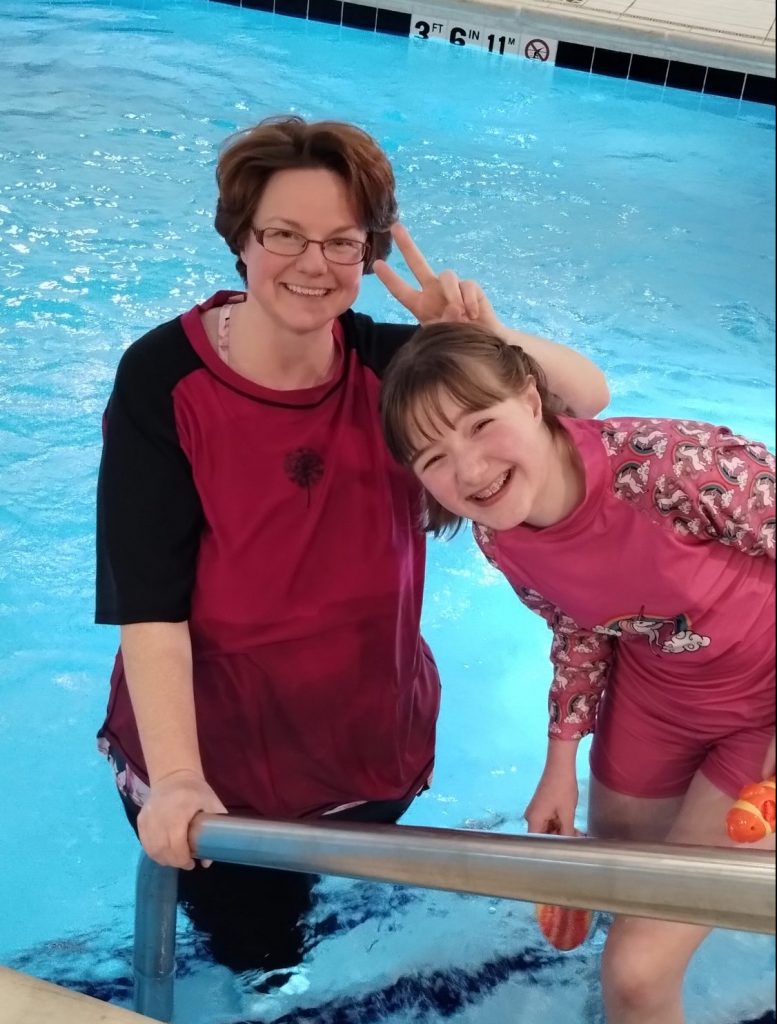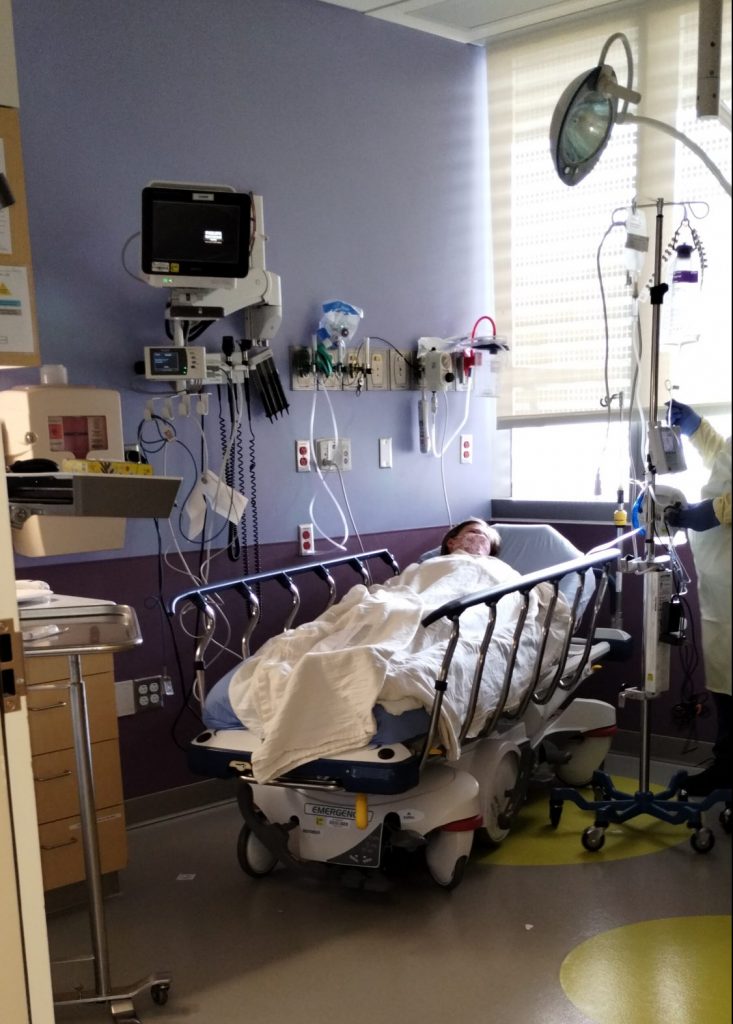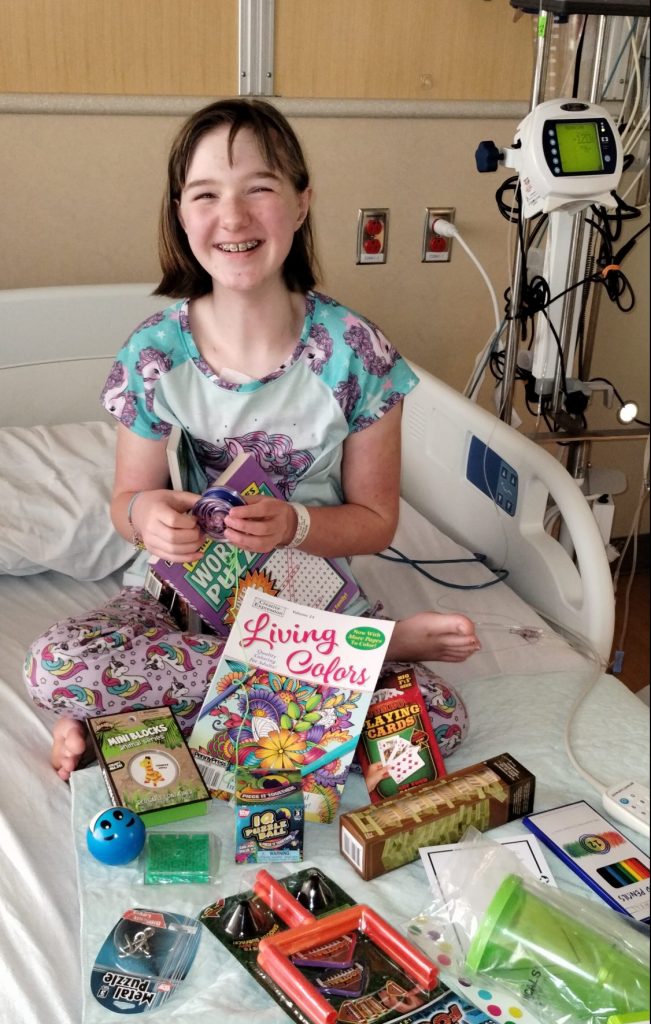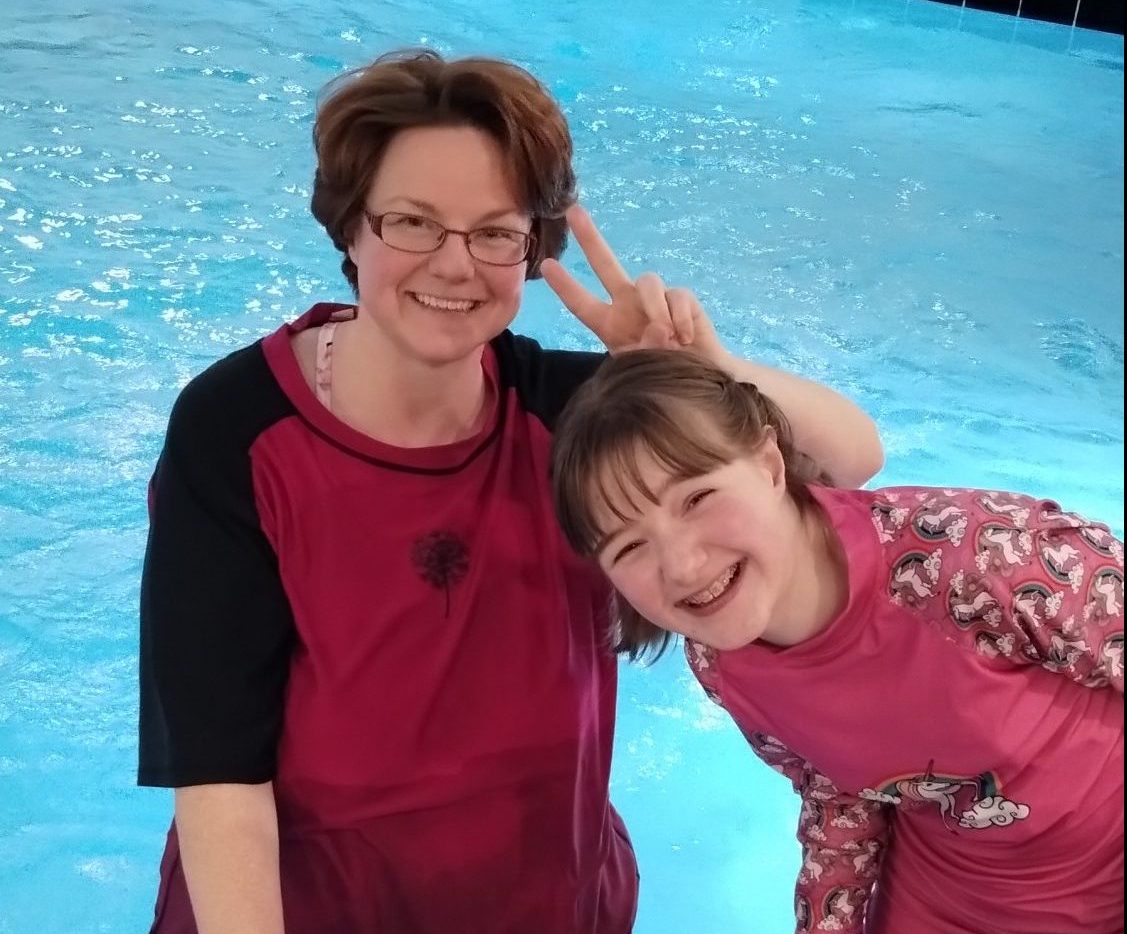Katie Krawzak, fellow Blogger in Residence, recently wrote a piece about her role as a palliative care provider. There was a part of her piece that I really connected with and knew it was the topic I had to write about next. “Hope can feel heavy. Again and again, we humbly watch you break down your big hopes into smaller hopes to survive this hour, this day, this minute or this breath.” This profoundly perfect statement is not only incredibly validating but also painfully accurate.
I used to hope for the future. Hope was pure and uncomplicated. It was blissfully untainted by sorrow. Hope was simple, comfortable, and practically automatic, representing a “normal” life for Andalyn–a life free from medications and the dangerous, often unpleasant, side effects. Hope was a life without feeding tubes and medical pumps, life-threatening emergencies and complex care coordination, central lines and IV infusions, and the never ending need for hyper-vigilance. Hope was absolutely bursting with peace, joy, and promise; but hope can be a shifty thing when you have a child with life-threatening medical conditions.
Over the past 18 months, I have been trying to come to terms with the reality that there is never going to be a “fix” for Andalyn. It was quite unexpected when in the throes of trying to make my shift from “cure to comfort,” hope shifted, too. It betrayed me.
 Hope was no longer full of sunshine and rainbows; it had become complex and heavy. Apprehension and anxiety about my child’s future blurred the horizon until it’s rainbows dissolved into hazy mists of uncertainty, and the oppressive darkness of grief blotted out the warmth of its sunshine. Hope was elusive and cruel, depriving me of its goodness. It was suddenly something only other people got to have.
Hope was no longer full of sunshine and rainbows; it had become complex and heavy. Apprehension and anxiety about my child’s future blurred the horizon until it’s rainbows dissolved into hazy mists of uncertainty, and the oppressive darkness of grief blotted out the warmth of its sunshine. Hope was elusive and cruel, depriving me of its goodness. It was suddenly something only other people got to have.
Hope had become a fairy tale.
Initially I was very angry at hope for inexplicably becoming a source of pain. I was feeling lost and scared and desperately wanted to protect my heart from this new-found traitor.
One afternoon, I was talking through this betrayal with Andalyn’s palliative care doctor when she asked me, “What does hope look like when there is no cure?” Her question caught me off guard because, of course, I had no idea.
I thought about her question many times after that conversation. Through gentle guidance and insightful palliative care support, the answer slowly unfolded, delicately and quietly. It took a long time to accept that hope would never again look the way it once did. The swirling mix of anticipatory grief, PTSD, and the constant reframing of dreams and expectations had forever changed the way I experienced hope. It was no longer automatic, comfortable, or easy.
But now I know it is possible.
Hope used to be framed in terms of happily ever after–a time in the distant future when everything would be ok. Since I can no longer afford the emotional trauma that perspective involves, I have to adjust the timeline on hope. This timeline fluctuates based on what feels possible. It requires focusing on the short term far more than on the long term, constantly bringing myself back to the moment when the future feels like too much. Sometimes that means not looking past the moment I am in. Other times I can safely look ahead a week, a month, or maybe even a year or two, depending on the emotional cost paid for in disappointment.
I no longer hope for things that would be devastating to lose. Instead I hope for things I think I could recover from if they don’t work out the way I hope they will. The price I pay for hope can’t be more than my heart is willing and able to pay.
Hope is now bittersweet. It has become an uneven mixture of joy and sorrow. It is appreciating tender mercies when they come and celebrating things that in different circumstances I might not even acknowledge. Hope has become an evolving journey of re-evaluating decisions and interventions that don’t line up with priorities and goals for maximizing quality of life. It is intentionally creating happy moments and planning positive experiences, even in the shadow of risk, so that Andalyn can live fully in the present and I can still allow waves of grief from what never will be to come and go as they need to.
Hope is gradually becoming less and less of a fairy tale.
 Looking into a future where Andalyn may not be is unimaginable. So, as Katie said, I break my “big hopes” down into smaller ones in order to survive. I have learned that this can be much different than expected because it requires embracing two opposing realities at once. For me, it can look like looking forward to a fun weekend in a town an hour away because that feels safe and manageable, while trying not to worry about if it will be the last time we get to go. It can also look like working with the medical team so Andalyn can do a soccer skills camp at a local park the first week of summer, knowing that her dreams to be on a traditional soccer team aren’t realistic.
Looking into a future where Andalyn may not be is unimaginable. So, as Katie said, I break my “big hopes” down into smaller ones in order to survive. I have learned that this can be much different than expected because it requires embracing two opposing realities at once. For me, it can look like looking forward to a fun weekend in a town an hour away because that feels safe and manageable, while trying not to worry about if it will be the last time we get to go. It can also look like working with the medical team so Andalyn can do a soccer skills camp at a local park the first week of summer, knowing that her dreams to be on a traditional soccer team aren’t realistic.
Breaking big hopes down into smaller ones means letting go of my dream that one day Andalyn will no longer need a central line for daily infusions. It means finally buying a dorm fridge for TPN and IV fluids and then choosing to focus on the fact that there is finally room for actual food in the other one.
Sometimes breaking down hope can mean feeling intense relief and gratitude for the AMAZING school Andalyn recently got into at Children’s Hospital, a program exclusively for medically fragile kids. The gratitude doesn’t stop me, however, from crying most of her first day because it’s heartbreaking that she meets the criteria to be there in the first place.
 Mostly, though, breaking down big hopes into smaller ones means recognizing when a ray of sunshine manages to break through the storm clouds of grief and then being able to stand in its light. For a moment I find myself on the top of yet another mountain we’ve climbed, the whipping winds of pain suddenly calm as hope’s vibrant color spreads across a landscape previously cloaked only in shades of gray. In that moment I stand smiling in hope’s warmth with my face lifted up, my arms stretched wide, and my heart filled with gratitude, even as the sunlight glints off the tears slipping down my cheeks.
Mostly, though, breaking down big hopes into smaller ones means recognizing when a ray of sunshine manages to break through the storm clouds of grief and then being able to stand in its light. For a moment I find myself on the top of yet another mountain we’ve climbed, the whipping winds of pain suddenly calm as hope’s vibrant color spreads across a landscape previously cloaked only in shades of gray. In that moment I stand smiling in hope’s warmth with my face lifted up, my arms stretched wide, and my heart filled with gratitude, even as the sunlight glints off the tears slipping down my cheeks.
As I conclude my year long commitment as blogger in residence at CPN, I invite you to leave me a comment or send an email to connect@courageousparentsnetwork.org about your relationship with hope.
